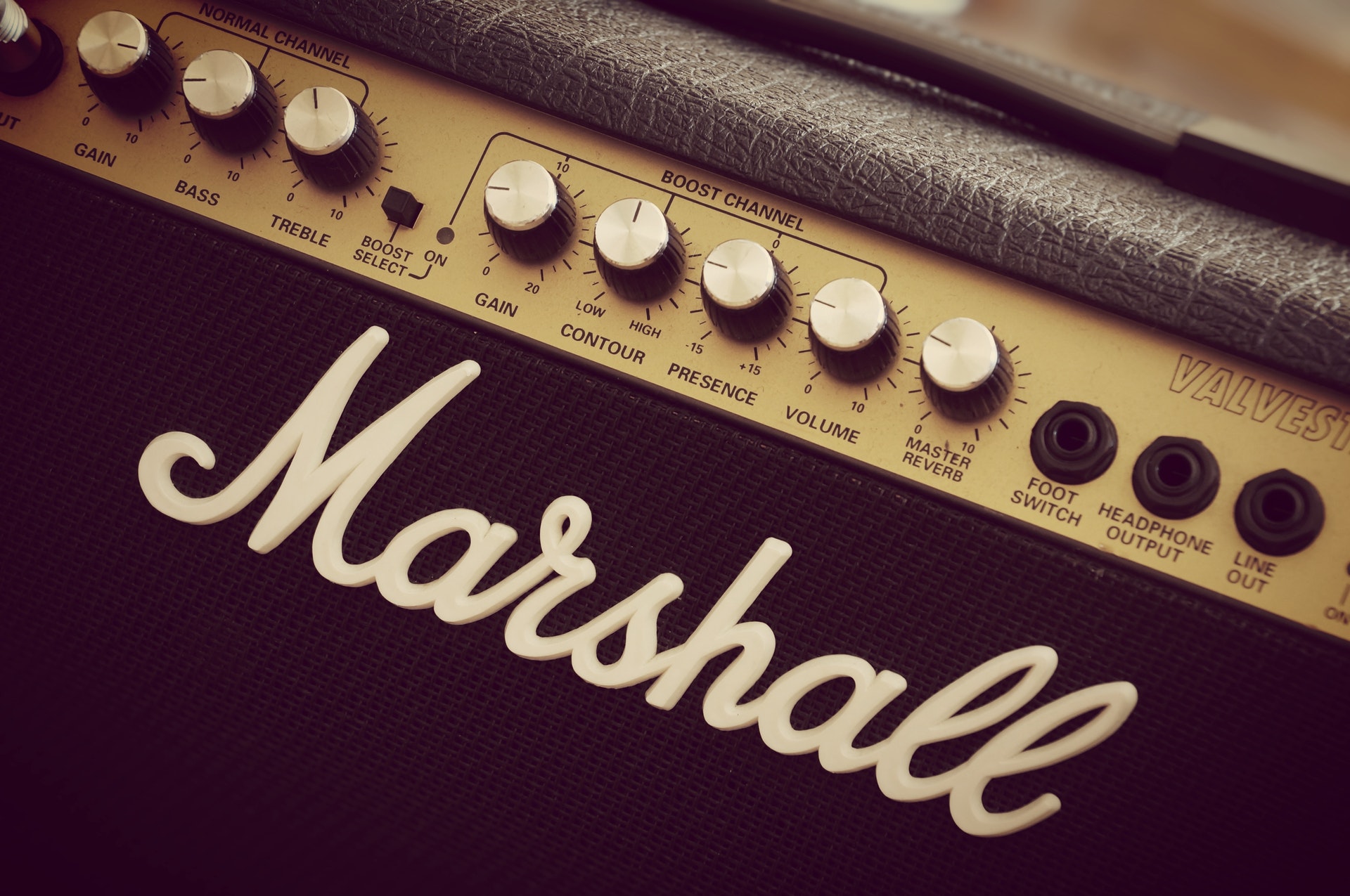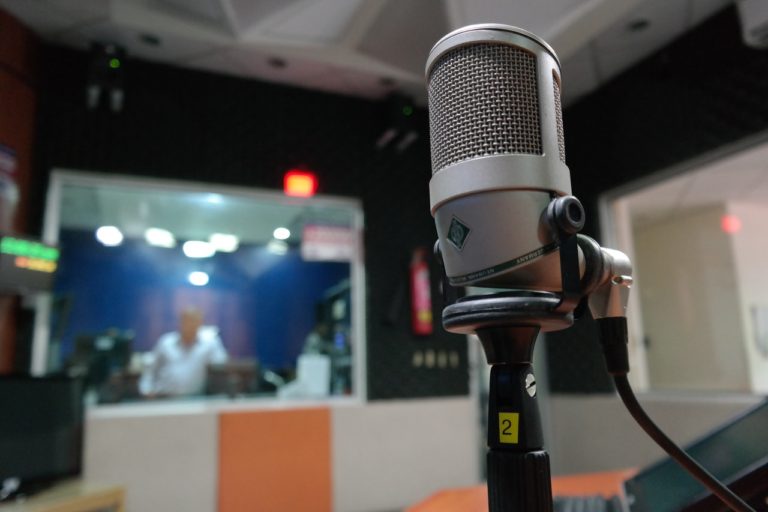Why Do Performers Use In-Ear Monitors?
It can get very noisy on stage, so performers often use in-ear monitors as a way to keep themselves in sync with what they are meant to be playing on stage.
Performers use in-ear monitors because they help filter out background noise, and allow them to focus on hearing key sounds to guide them in hitting the right notes accurately when out on stage.
These fancy earpieces have evolved to be more than just a backup device to help you nail your part. They are now a key tool that any musician needs when the curtain rises.
From the outside, they don’t look like they do a whole lot. However, that is far from the case for those wearing one. In this article, we’ll go in depth on exactly why and how in-ear monitors are used, and the best use cases for them if you’re thinking about adding these to your live shows.
What Are In-Ear Monitors?
The purpose of an in-ear monitor is simple. It’s designed to allow performers to hear themselves while playing and let them focus on hitting their marks.
It’s a key device as they help filter out background noise that’s generated on stage, and help performers find their cues from song to song.
The device is a key solution to a problem that has plagued musicians onstage heading back to the rock and roll days of the 1950s.
An Earpiece Evolution
This wasn’t always the case for performers though. As electric instruments took over the airwaves in the 1950s, music shows grew louder and louder.
It caused many artists to struggle hearing themselves play or sing causing chaos from gig to gig. Even audience screams forced bands to find new ways to overcome the solution.
Acts such as The Beatles and The Rolling Stones started using wedge speakers at the front of the stage to give themselves a better chance of finding their cues when performing to thousands of screaming fans.
This only partially solved the situation though. Indeed, the increasing damage caused to performers’ ears meant a new solution was needed.
Acts such as Stevie Wonder and Van Halen pioneered early forms of the device to various degrees of effectiveness. It wasn’t until the 1990s that the improvement in audio tech that allowed custom in-ear pieces to be developed.
How Do In-Ear Monitors Work?
Essentially, an in-ear monitor works in three parts – a transmitter, receiver and earpiece. These work together as one unit to provide everything a performer needs to hear clearly.
Generally kept backstage, the transmitter is where the mixes are stored and programmed. From here, it sends radio signals to a receiver worn by the performer.
As the signals are picked up by the receiver, these feed the mixes into the earpiece worn by the musician.
Nowadays, almost everything is done via wireless functions. Even if the transmitter is using a wired connection, both the receiver and earpiece are wireless devices.
Most of the technology utilizes platforms such as Bluetooth to sync together and allow performers greater freedom to hear their mix no matter where they are playing.
Sometimes, mixes can also be split between separate earpieces. If a transmitter is set to use two frequencies, then the mixes will be kept in mono audio format. This means that the filtered mixes can be fed individually to each earpiece and give greater freedom as to what the performer hears.
What Are the Advantages of Using In-Ear Monitors?
For musicians, using in-ear monitors feels second nature. It gives them much more control over how well they perform. And there are plenty of reasons for this such as:
- Noise cancellation
- Personalized feeds
- Better performance
- Greater movement on stage
Even if these advantages might seem obvious, there’s more to them than meets the eye, especially when you dive deeper into the details. So here are some of the reasons why performers use in-ear monitors on stage:
Noise Reduction
One of the big plus points of in-ear monitors is that they act as a noise-cancelling device on stage. Noise levels on stage can be deafening. Whether it is from crowd noise or your bandmates, there is always a cacophony being generated.
Thankfully, the earpieces of an IEM are designed to completely seal off the eardrum canal. This happens as the piece is shaped to fit tightly into a performer’s ear. By sealing off the eardrum canal, no outside sounds can get in.
This allows two main bonuses. Firstly, it protects the ear itself from being damaged by over-exposure to loud noises – especially if they are on a long tour. It also allows the performer to then focus on the mix they are hearing and know when to change chords or tempos in a song.
Modern IEM devices can reduce noise reduction from anywhere between 25-50dB, and sound levels on stage frequently hit well more than 100 dB. Therefore, using IEMs makes a huge difference to how you perform and the impact on your body.
Personal Performance
When it comes to using IEMs, they are a great way to allow you to create personal mixes that suit what you are performing.
Rather than hearing soaring vocals and wailing guitars at the same time, you can use an IEM system to drown out the excess noise and focus on what you are hearing.
Before hitting the stage, you can prepare mixes that focus on highlighting your own personal roles in a track. You can then combine them into a playlist and load it onto an IEM system.
This can involve splitting songs to focus on particular instruments, separating treble and bass or even having just one stereo mix – each can be tailored to your needs.
It gives you the better chance to perform well on stage and always ensures that you are always living up to your true potential.
Freedom of Expression
When older systems were used, performers needed to stay rather static so they could stay in the range of the speakers to hear their cue.
However, one big reason performers use in-ear monitors nowadays is that it gives them the chance to remain that much more mobile.
With the links between IEM parts all being wireless, there is no real reason for performers to feel shackled to one spot.
They are still able to hear the mixes they need and reduce the noise exposure to their eardrums. However, the addition of freedom of movement gives them the chance to add character to their performance.
It’s a one-two combo that any performer needs to ensure that fans walk away happy after attending a live show.
So Why Do Performers Really Use In-Ear Monitors?
As you can see, there are plenty of reasons why performers use in-ear monitors when they are on stage. It’s a major evolution in both the health and performance of musicians.
With technology advancing over the decades, in-ear systems arose to become a performer’s best friend. Whether it is reducing unnecessary noise exposure or giving them the chance to refine their on-stage performance, they are a key tool in their arsenal.
All of the above benefits allow musicians to put on spectacular live shows that are full of character and often sound like the studio recording themselves. It’s why performers use in-ear monitors every time they need to shine under the bright lights of live shows.








